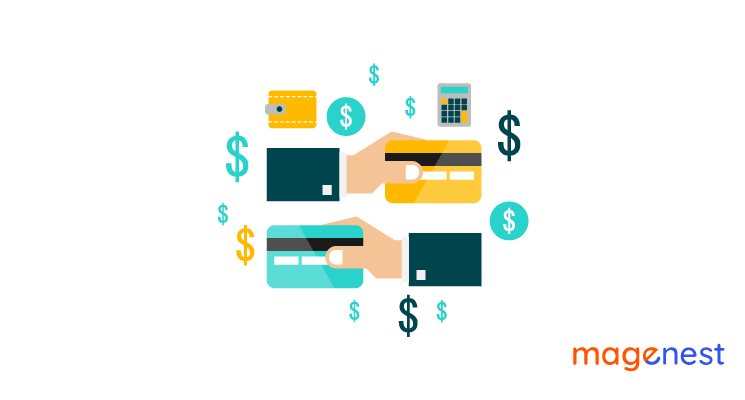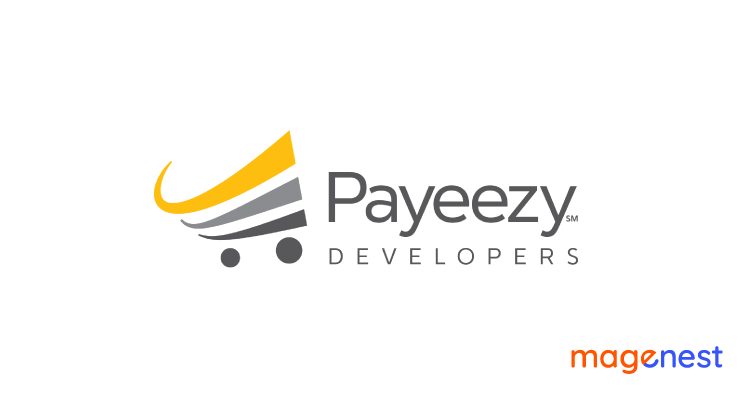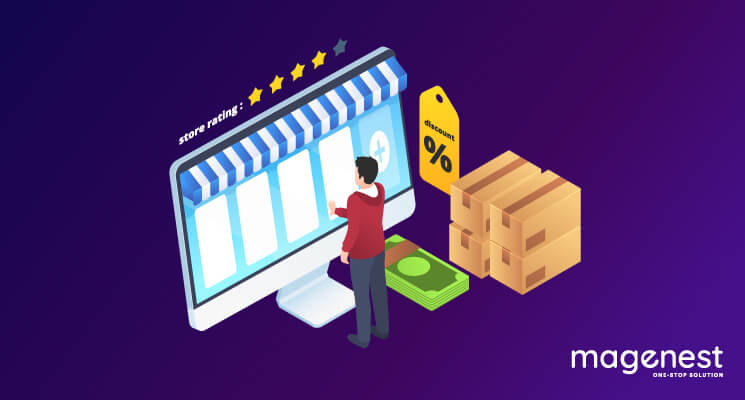What is Payment Processing?
Why should you use Payment Processing?
How does Payment Processing Work?
Is Payment Gateway different from Payment Processor?
Method of Payment Processing
Credit and Debit Card Processing
The best way to approach Payment Processing
Who is involved in Payment Processing
How to apply for Payment Processors?
What if you do not use the Payment Crocessor?
What is Payment Processing? Payment methods have been more complicated than they used to be. It has been years that you can barely find paper checks and cash while paying for purchases in this modern world, especially in many developed countries. Instead, credit and debit cards become more popular. Online payments have enabled consumers to spend more time online and go shopping on various virtual platforms.
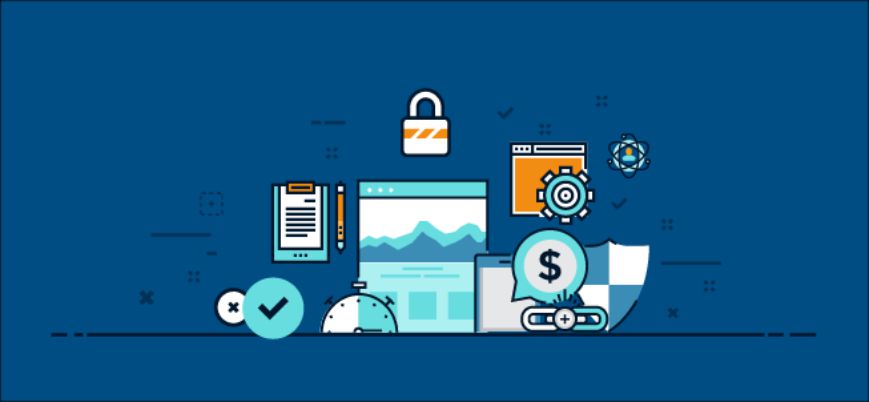
This article will guide you through essential information that you need to know to make your business run better in this modern world.
What is Payment Processing?
The cash drawer in a store is not that convenient nowadays. To make the payment process much faster and safer, payment processing was invented.
A payment processing system is regarded as a means to help you to process various types of B2B as well as B2C payments. This payment system is a 2-sided process, you can use it to manage your payment from customers and make it to suppliers and vice versa.
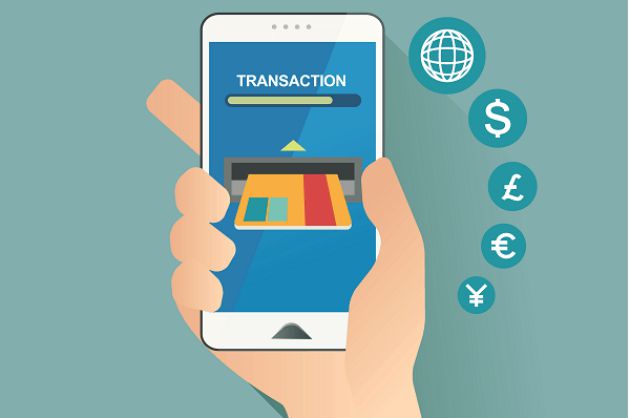
As it supports the business effectively, payment processing becomes one of the indispensable tasks for business operation. You surely can recognize the increase in the revenue because it will better the customers’ experience. This also means the system enhances the merchant services to improve the benefit.
Recently, you can easily see the significant growth of smartphone usage, and no doubt that mobile payments are a trend of today's payment processing.
What are payment processors? As payment processing is a system, a payment processor is a company that handles the transactions and supports both you and your customers to buy and provide products.
Why should you use Payment Processing?
According to an American survey, practically 70% of business owners and merchants have the same idea that they had experienced significant growth in their revenue and profit thanks to payment processing. Of course, cash can never be replaced totally, however, credit cards or debit cards are certainly the added value to businesses nowadays.
Moreover, the fast pace of life kinda "negatively encourages" everyone to live faster now. People from every walk of life can connect with each other via the internet and an electronic gadget, such as a laptop or mobile phone. If you provide your consumers a higher chance of buying products with only some finger touch on the screen, it is possible to improve the profit and enhance the business process afterward. Customers will evaluate your company better and give more positive feedback.
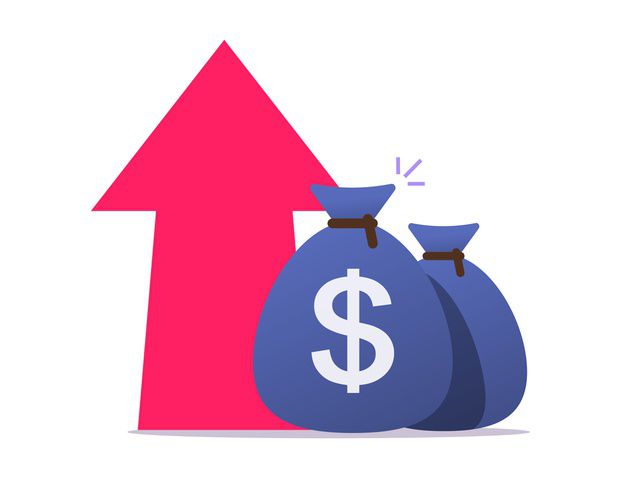
So, “what is payment processing and how does it work” is what you need to take time and learn more to have an overview of your payment process.
How does Payment Processing Work?
Learning to know the way payment processing works is greatly important for a detailed business plan. Normally, there are 5 essential steps. Before getting to know the 5 steps, you should know the 3 components of a specific web payment processing platform:
The merchant account: Normally, you can open this account easily by going to a bank and receiving it via either a company about payment processing or a bank. This account will play a role as a place where you store your money whenever consumers purchase and pay for the items.
Payment processor: They are like the middlemen when they will handle any transactions happening between your bank and the customers’ ones. They can be an independent payment processing company or an institution that is running mainly on financial problems. Normally, they will solve and support users with many financial issues, such as checking the validity of credit and debit cards, funds, limits of cards, etc.
Besides, you do not need to worry about the payment because one of the priorities of payment processors is security. It is easy to understand that a payment processor will check a large amount of information daily, and its main responsibility is to check if the information of the card is correct and protect you, as a merchant, from any fraudulent activities. In case some errors and incidental transactions happen, they will find a way to solve it.
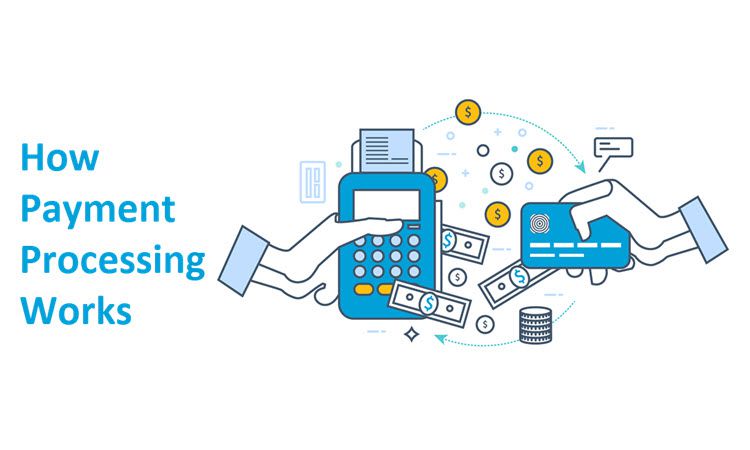
Payment gateway: If the payment processor is the middleman between you and your customers, the payment gateway plays a role in supporting all the transactions on your virtual stores and the payment processor. Your account will be connected with Mastercard or Visa and the payment gateway will forbid security issues during the data transferring process from bank to bank.
Read more: Top 10 best payment gateway for eCommerce business 2021
If you are still wondering what is payment processing? 5 essential steps below will help you gain more learning into this system.
Step 1: The customer will pick up an item and pull out their cards
Step 2: As a merchant, you will submit the transaction
Step 3: You will need a payment gateway at this phase to help you send the transaction to the processor, there are various payment gateway to fit your needs. If your business is small, visit here to know the payment gateways that are suitable for small and medium businesses.
Step 4: There should be verification and approval from the processor so that the transaction can continue the next step.
Step 5: The money will be sent from the customers’ bank right to the processor.
Is Payment Gateway different from Payment Processor?
It is commonly seen that sometimes the two phrases can be interchangeable, this means you can use them to refer to the same meaning. However, it does not mean they are the same. So, what is a payment processing? and How is it different from the payment gateway?
Normally, a payment processing network is often used to confirm the validity of a transaction, it is also used to transfer funds to other parties which are involved in the transactions. In some specific situations, payment processing is regarded as the business entity to process your transactions, however, it requires many resources as well as capital.
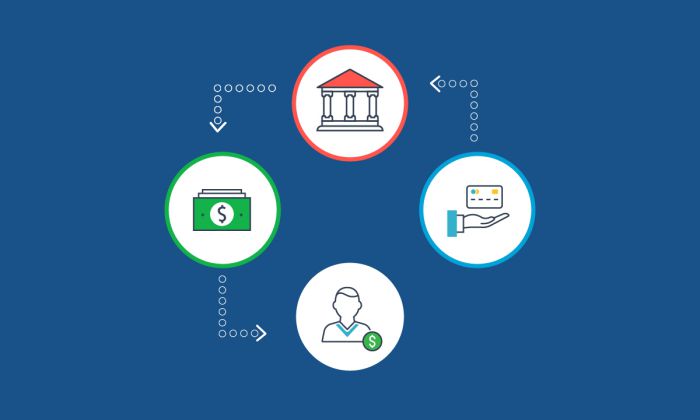
On the other hand, a payment gateway is well-known as a type of software for online transactions. It facilitates all the transactions with less commitment to the physical presence of customers’ payment cards.
Method of Payment Processing
The payment processing can be divided into two categories, including MAPs (merchant account provider) and PSPs (payment service providers). Let’s take a look at the differences between these two categories. MAPs: This is a type that provides a traditional account, besides, you will receive a unique number for further identification of your business to other parties. The merchant account is quite expensive because it is stable and unique, so it is sometimes unaffordable for small businesses.

PSPs: offers more accounts so that every merchant who is using the service will share the same account. There is no unique ID number and quite risky for merchants. However, because more people share the same account so the cost will be lower and it is quite suitable for small businesses and start-ups who do not have much money available.
Besides the common questions What is payment processing? You must also consider the extra fees. Of course, you will have to pay the maintenance fee for the merchant account besides the paying processing rates. Depending on each processor, the fees are different.
Credit and Debit Card Processing
As credit cards bring us various benefits and conveniences, the percentage of people who use this card has increased considerably recently. However, this led to headaches among business owners, especially the online ones because there are some issues that you can meet when making transactions with those who use credit cards.
Transactions with credit cards will charge both interchange and markup for processing services. And the interchange rate is quite high and it is often based on the type of card and many other factors.
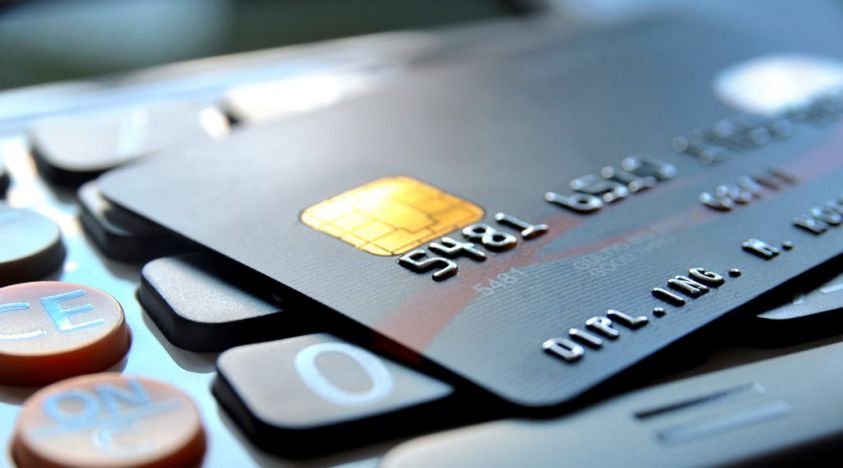
With the appearance of interconnected banking and credit card processing networks, the buying process with credit cards is much faster than before.
On the other hand, debit card processing is much easier compared to one with a credit card. If your customers have enough funds in the account, the transaction will totally be accepted. Unlike credit cards, the risk from customers using debit cards is much lower, so the interchange rates are low as well.
The best way to approach Payment Processing
What is payment processing and the best ways to approach this payment system?
Normally, there are many payment methods for your own options, and certainly, you will have to choose the one that is suitable and important to your business. Obviously, almost all merchants accept both credit and debit cards despite the higher risk from credit cards. You will also have to decide on the method of payment processing. As mentioned above, the two categories will help you have a better eCommerce strategy.
Who is involved in Payment Processing
As the payment processing is quite complicated, to make the transactions between seller and buyers happen effectively, there are many people involved in this system, normally from 5 to 6, including:
- Your customers or buyer
- You, as an online administrator or merchant
- The middleman, as the payment processor
- The payment gateway, which is really important, sometimes can be used as a payment processor, but it would be better if you know when to use them separately.
- The credit, debit card company of customers, or their bank account
- Your business’s bank
How to apply for Payment Processors?
If you already know “what is the payment processing”? You should get to know more about the process to apply the payment processors if you are first to use them.
Obviously, you can visit a bank or ask for support from some online providers and companies for your application, PayPal is a clear example.

There is surely a wide range of prices that you have to pay for your application. So, how to get the lowest pricing is an important question. Honestly, you have to conduct some small research. There are some wholesale choices for processing rates, which are called the “interchange fees” as mentioned before. Trying to haggle the price is also an option, make sure that you will be a long-term and loyal customer. Besides the price, you can also consider other aspects, such as the speed of making funds available, customer supports, etc.
What if you do not use the Payment Crocessor?
As payment processing is so popular and it is an added value for your brand. It will be impossible for you to compete with others as time cost is an important element to improve the buying journey of customers.
Some people believe that avoiding payment processors means getting rid of some extra fees from both payment gateway and processors, however, this will lead to the fact that you will lose some customers because of the inconvenience while making payments.
However, in case your store and target market is located in the countryside or small town where people still prefer cash, payment processors are not really necessary in this case. But it will be different in urban areas and metropolises because you can easily figure out the different pace of life between those two places.
Conclusion
“What is payment processing?” is a common question among business owners in this modern world. Obviously, payment processors or payment gateways are not weird to many customers in urban areas because more people use credit and debit cards. Besides, the fast pace of life encourages others to choose more convenient solutions and time cost becomes one of their priorities.
Learning to know the way payment processing works, the method, the people involved and understanding clearly the roles of applying for a payment processor and payment gateway in business will help you have an overview of your business. This will lead to a better business plan and improve revenue. In case you want to build yourself a business, visit our store for more Magento 2 Payment Gateway extensions.



